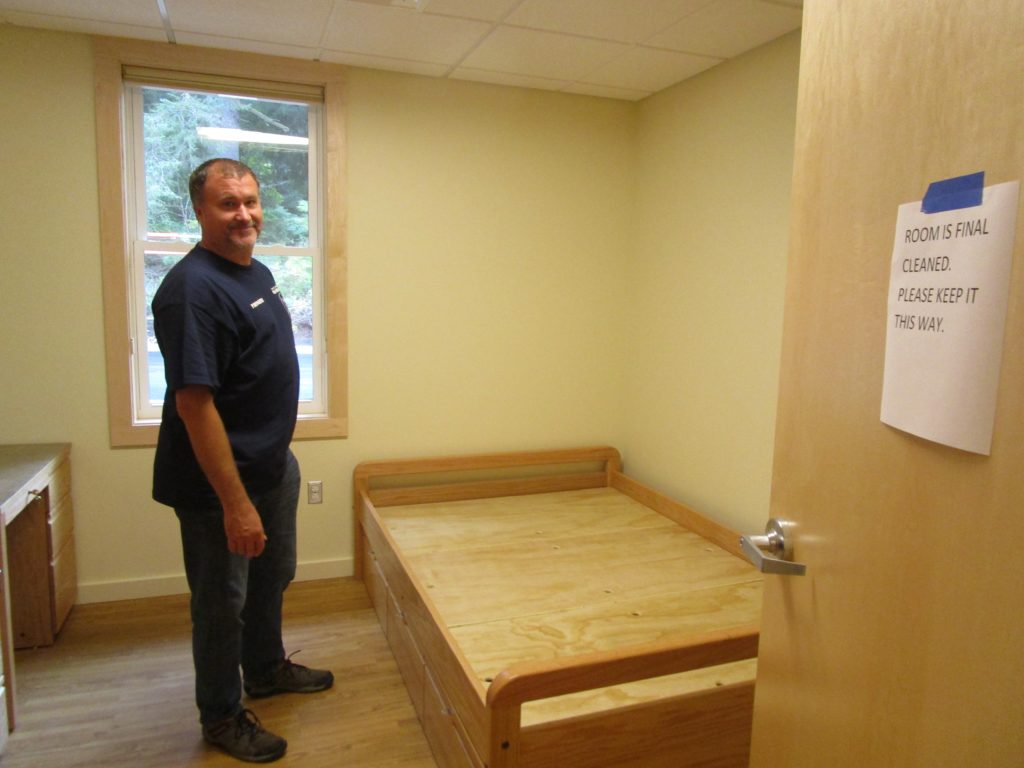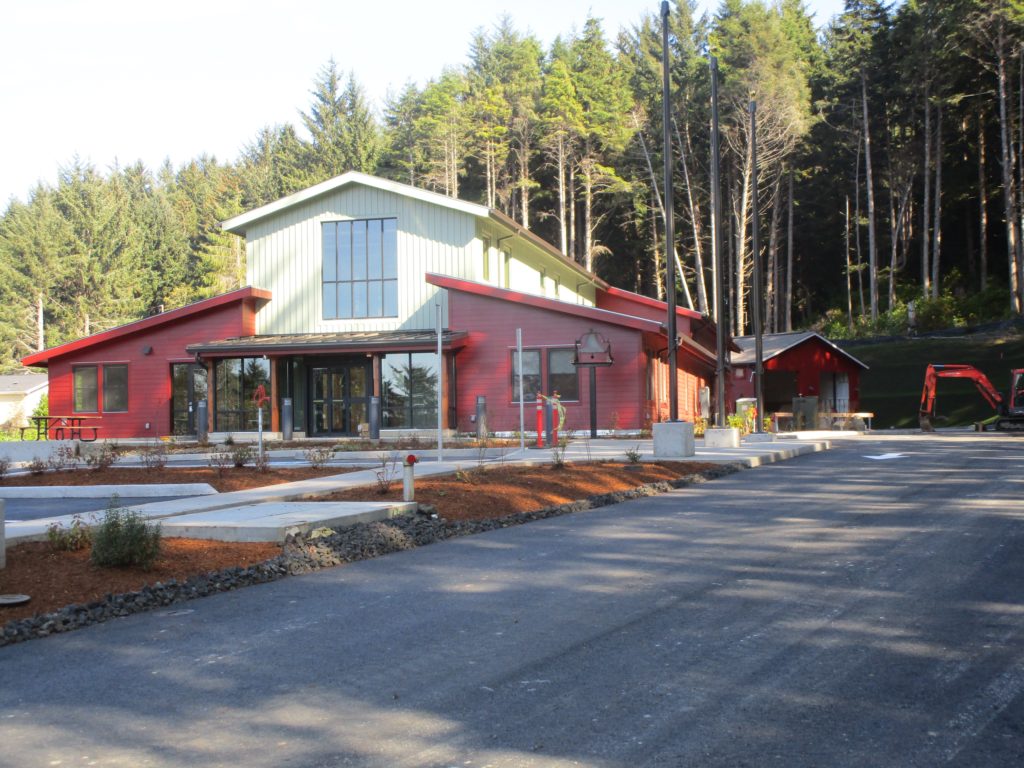
By QUINTON SMITH/YachatsNews.com
The big entrance sign is almost done, the last of the landscaping is in, there are walls getting a last touch up with paint, floors to clean and polish and a radio tower to erect and test. Three flag poles stand at the ready.
The largest public works project in the history of Yachats – the $8 million main station for the Yachats Rural Fire Protection District – is all but finished and ready to occupy in November.
The difference between the new and old will startle longtime residents used to the decrepit, outdated and inefficient 69-year-old station in downtown Yachats.
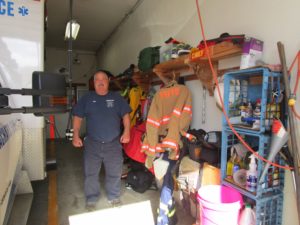
Where the old station has a small kitchen sharing meeting and training space, the new has a bright, open kitchen area with plenty of cabinets just off a new board, training and meeting room.
Where the old station has beds tucked in back, on the second floor and in an adjacent house for firefighters and paramedics to use during their 48-hour shifts, the new has four dormitory rooms offering privacy and comfort.
Where the old has crowded equipment bays, unsecured areas for turnouts and equipment, and trucks parked on the street, the new has spacious areas for people and equipment.
“It’s nice and functional. It came out well,” said board member Ed Hallahan, who spent five years scouting property, settling on a design and meeting regularly the past year to work with architects and contractors. “We’re a professional organization – that’s what we’re trying to say here.”
The district has scheduled an open house from 10:30 a.m. to 4 p.m. Saturday, Nov. 2 to show it off to the public.
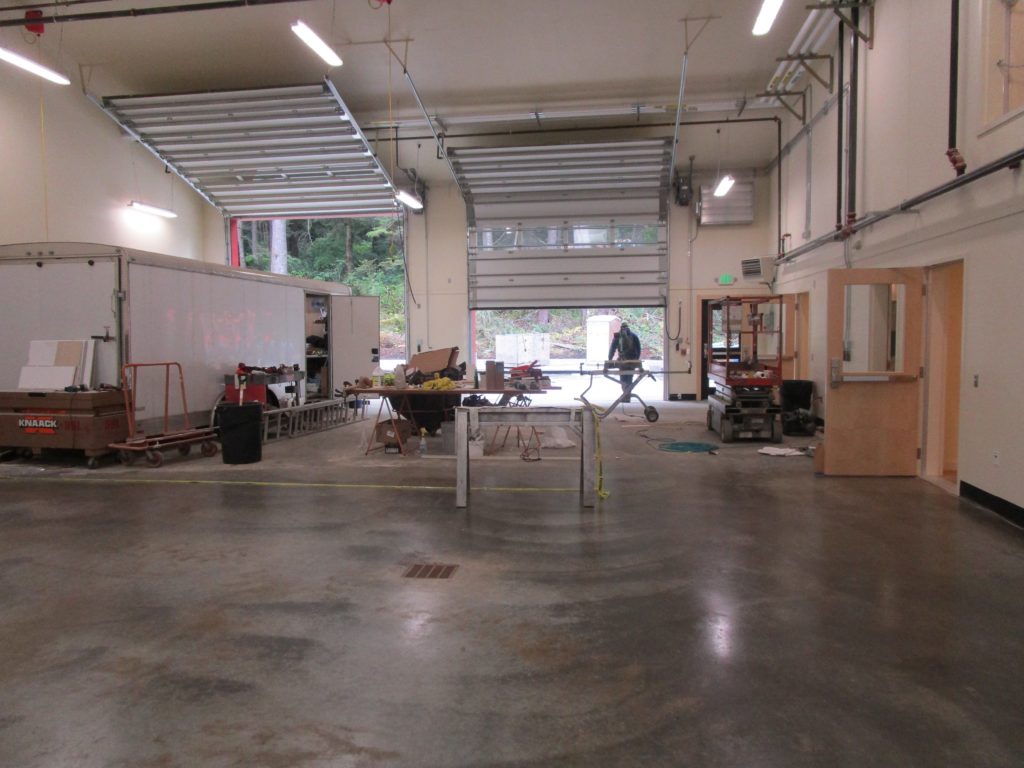
Long, difficult journey
But as nice and functional as the new station is, except for the past seven months the journey to find land and build it has been anything but smooth.
The fire district board wanted to update its old station. But under state law five years ago — the 2019 Legislature changed it — the district had to build outside of the state-designated tsunami zone. So it began looking for land in the Yachats area to relocate the station.
As it searched unsuccessfully, former fire chief Steve Hamilton and his brother, Robert, offered their six acres of land on the east side of U.S. Highway 101 on the north edge of the city. The fire district bought the land and two adjacent parcels for $423,000. A detail of that transaction led to a complaint against district administrator Frankie Petrick to the Oregon Government Ethics Commission, which is scheduled to make a final determination Nov. 22.
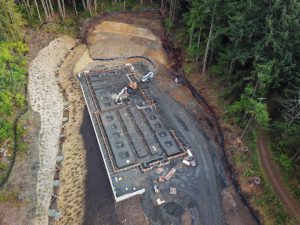
Once they started moving dirt last fall, fire district contractors quickly ran into problems with the site. A seasonal creek had to be moved to the north and the station’s massive foundation had to be reinforced with 109 pilings driven 25- to 40-feet into the ground after the rock below was found to be unstable.
Those and other unanticipated costs grew to almost $1 million. The district made up for that by trimming some extras, scaling back some materials and using some of the project’s $937,000 contingency and reserve funds.
The main station is 12,700 square feet with a small mezzanine over the main entrance.
Because of construction uncertainties and cost, the district initially held off on a 2,150-square-foot building to fore smaller fire apparatus. Once construction on the main station was going smoothly and under budget, the board added it back under a second $314,000 contract with DSL.
Now the district also says it will have some money left over from the project, but is uncertain how much.
Once the foundation was finished in January, work by DSL Builders of Salem proceeded quickly and under budget.
After the foundation, work went “very smooth,” said Kevin Lindsted of Toledo, the DSL supervisor. “No hiccups; no surprises.”
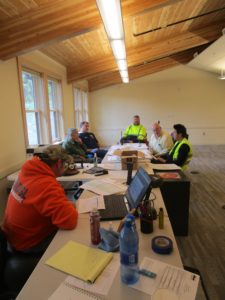
Part of that was because most weeks Hallahan, Petrick and assistant administrator Shelby Knife met with Lindsted and Jacky Gomez, project director for Pivot Architecture. During those meetings the group worked through all the big and small problems that come with a big construction projects and, when necessary, made decisions on where the district could save money.
“We tried to stay ahead of any problems,” Lindsted said. “We like to be proactive.”
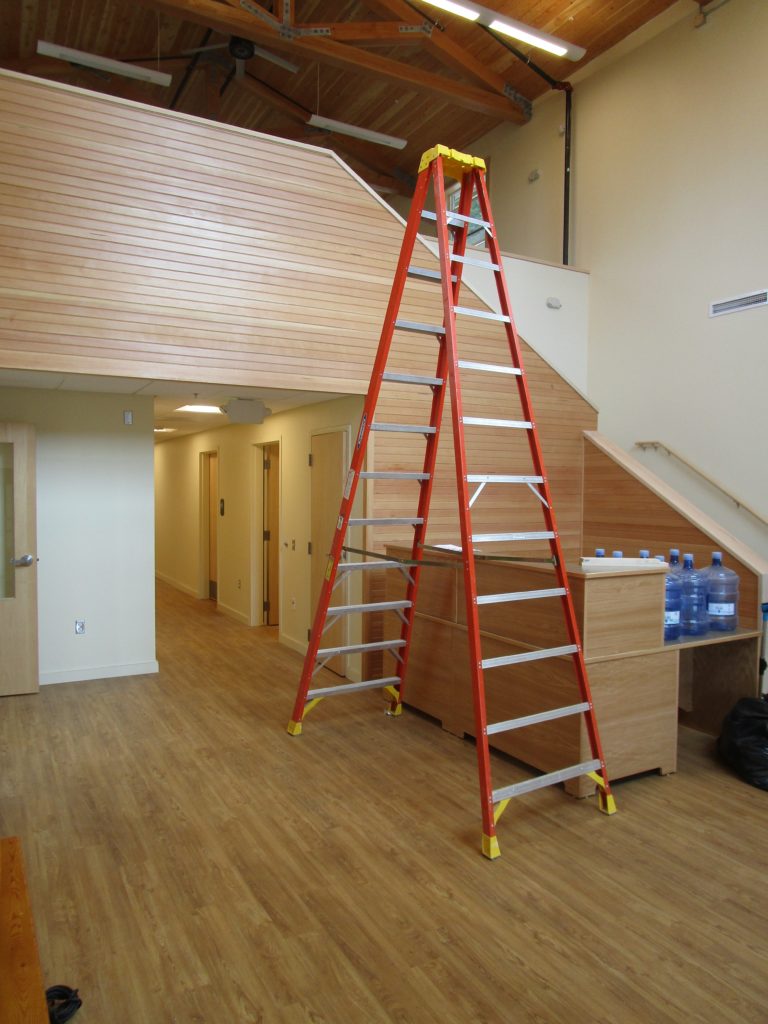
The old and new
The move from old to new is like any household move – determining what goes, is donated or gets thrown out — except while responding to medical emergencies, accidents and fires. And, after decades in one place, it has to determine what works in the new home and what doesn’t.
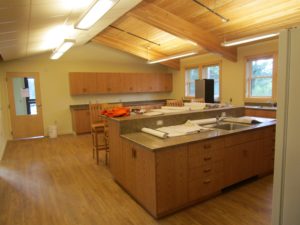
The district is also in the process of getting its downtown property rezoned – to either commercial or for multi-use — by the city of Yachats before putting it on the market. Because it is so unusual and in bad shape, the district is unsure of the building’s value. But, the board has said previously that any proceeds from the building’s sale would be used to shore up year-to-year operating expenses or for new equipment.
The building comes with a long-term cost for residents of the district, which goes from the Tenmile area south of Yachats, east up the Yachats River, through the main part of town and all the way to the south edge of Waldport.
The bond that voters overwhelmingly approved in 2016 costs the owner of property assessed at $250,000 about $172 a year. The bond is for up to 31 years.
The district has nine paid employees – three administrative staff and six firefighters/paramedics – and a small cadre of volunteers. It’s budget calls for up to two more paid staff.
Firefighters and paramedics are looking forward to the move and appreciate the big changes.
“It’s a huge improvement,” said paramedic Tony Hamilton, who has been with the district for five years.
Staff likes the increased storage, larger areas for training and repairing equipment, and “much nicer” living areas for their 2-day-on, 4-day-off shifts.
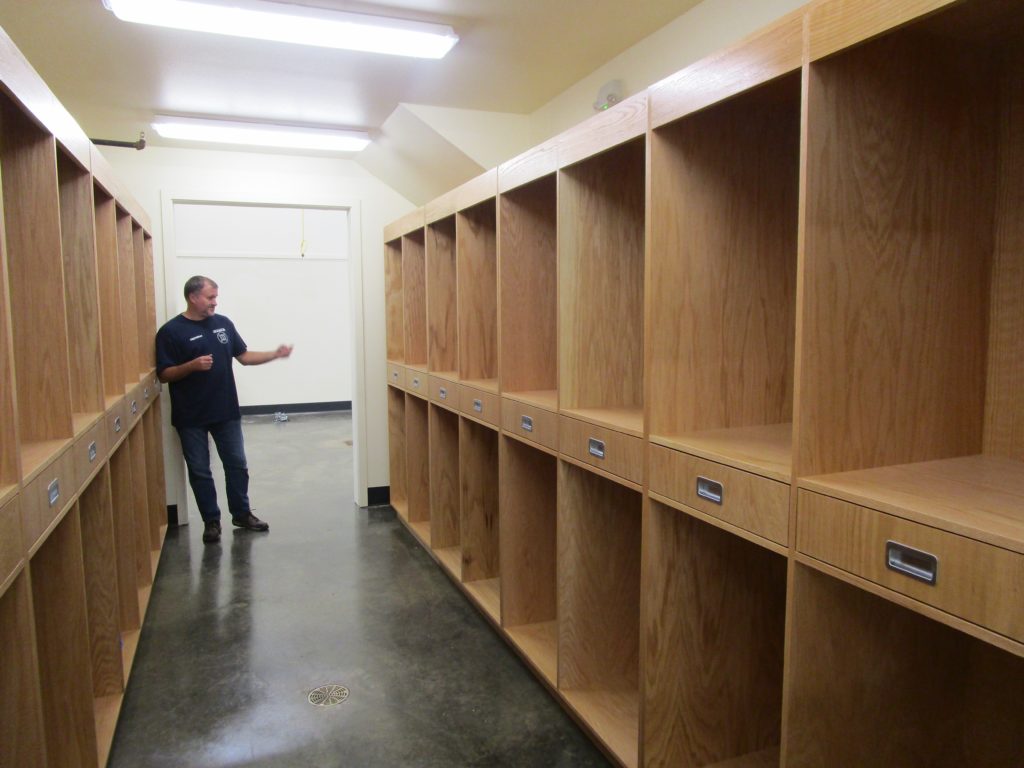
The old station suffers from being cold and drafty; its open equipment doors letting in the winter rain and cold.
“You just can’t get warm in here, especially in the winter,” said firefighter/EMT Tim O’Neill. “And everything stays a little wet.”
The current building is also completely unsecured – anyone can (and has) walked in to take equipment or wander upstairs into offices and living areas.
“The new station is a very nice gift from the citizens,” Hamilton said. “It shows how much they care about their fire department … and we appreciate it.”
